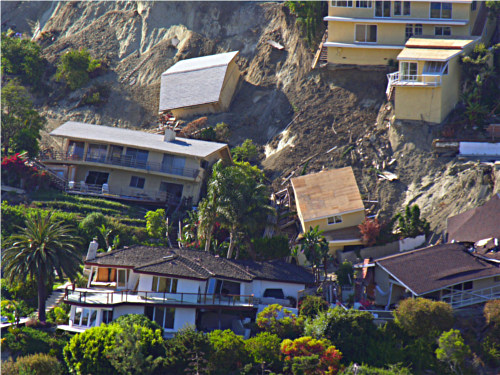
“Yana slip” is presenting higher Buddhist yanas in terms of lower ones. This can cause a lot of confusion until you understand the pattern.
A “yana” is an approach within Buddhism. Each yana has its own principles and methods. They are quite different, and even apparently contradictory. According to the Nyingma tradition, there are nine different yanas. Ultimately they are compatible. But they are compatible only when each is clearly understood in its own terms, and when the relationships between them are also clearly understood. This adds considerable complexity to Tibetan Buddhism. However, different yanas are valuable to different people, and to each of us at different times.
The nine yanas are ordered from “lower” to “higher.”
- The lower the yana, the easier it is to understand without experience of Buddhist practice. The higher yanas require more meditation practice to make sense.
- The lower yanas describe the ideal Buddhist as generic and bound by extensive rules. The higher yanas imply greater individuality and personal responsibility.
- The higher the yana, the more accurately it reflects ultimate reality. The higher the yana, the faster its methods can take you forward.
Each yana has its own conceptual framework—its own way of speaking and thinking. Each yana can also be explained using the concepts of any other yana.
Buddhism tends to “slide down” the yanas. Over time, the higher yanas come to be explained more and more in terms of lower ones. This is what I call “yana slip.” (I just invented the term; there doesn’t seem to be a standard word.)
There is a good reason for this, and a bad one. The good reason is that teachers want to make Buddhism as easy as possible for students. The lower yanas tend to make more emotional sense, especially for those with little education or experience of Buddhist practice. Yet, naturally, Buddhists want the “fastest, most powerful” teachings. Explaining the higher yanas in terms of the lower yanas seems a natural way of helping “ordinary people” understand them. Unfortunately, it may result in misunderstanding, not understanding.
The bad reason for yana slip is that the higher yanas threaten established religious and secular power structures. They empower individuals—ultimately, making them Buddhas. Those who practice the highest yanas see themselves as responsible ultimately only to their Lamas—not to any hierarchy. Hierarchies find that a problem.
Here are the most common yana slips in Tibetan Buddhism, from top to bottom:
- Dzogchen is presented as Mahayoga: that is, as a system of Tantric practice with yidam sadhanas, ritual empowerments, and so forth. This could obscure the fundamental principle of Dzogchen, which is instantaneous self-liberation.
- Inner Tantra (in which we recognize our own Buddha-nature) is presented as Outer Tantra (in which we worship external Buddhas).
- Tantra is presented as “esoteric Mahayana”: that is, as a set of advanced practices that accelerate the Mahayana path. That path ends with the recognition of emptiness. This slip may obscure the function of Tantra, which is to take us from emptiness (its starting point) to the non-duality of emptiness and form.
- Sutra is presented in terms of accumulating merit in order to obtain a better rebirth. This may obscure the function of all Buddhism, which is to liberate us from samsara, not to improve it.
Buddhist history shows a saw-tooth pattern of gradual slides and sudden upward leaps. Yana slip continues gently over a few centuries, without anyone really noticing, until the higher yanas are almost entirely forgotten. Then, suddenly, some inspired genius recalls, and recreates, and reestablishes the higher teachings. (Usually this is vigorously opposed by conservatives.) His disciples slip slightly, and their disciples slip slightly more, and so it goes, until again the situation becomes so dire that radical renewal is required.
